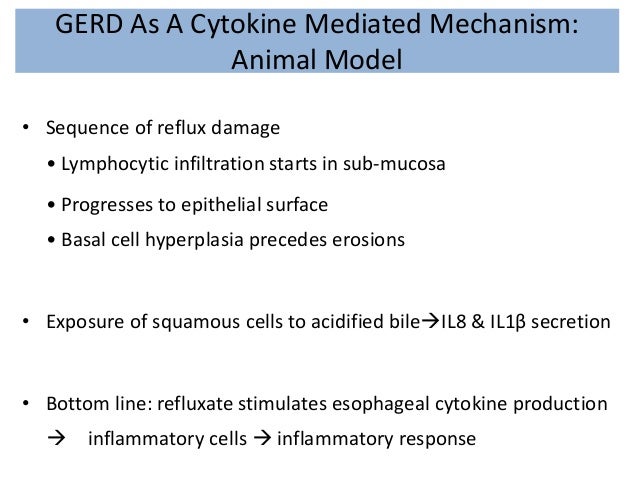Gastroesophageal reflux disease (gerd) occurs when stomach acid frequently flows back into the tube connecting your mouth and stomach (esophagus) this backwash (acid reflux) can irritate the lining of your esophagus many people experience acid reflux from time to time. Gastroesophageal reflux disease esophagitis presence. Gastroesophageal reflux disease (gerd) is defined as the presence of symptoms or complications that are directly related to the retrograde flow of gastric contents into the esophagus 1 a certain degree of reflux is normal—development of gerd requires either increased esophageal exposure to gastric juice or a reduced threshold for epithelial.
gastroesophageal reflux disease esophagitis presence
Gastroesophageal reflux disease, or gerd, is a digestive disorder that affects the ring of muscle between your esophagus and your stomach this ring is called the lower esophageal sphincter (les). Gastroesophageal reflux disease (gerd) is arguably the most common disease encountered by the gastroenterologist. a systematic review of seven studies found the sensitivity of heartburn and regurgitation for the presence of erosive esophagitis to be 30–76% and the specificity from 62–96% . empiric ppi therapy (a ppi trial) is a. Defect of gerd, because gastric acid secretion is similar between asymptomatic individuals and gerd patients.2 although hypersecretory states, such as zollinger-ellison disease, are associated with severe reflux disease, the mere presence of normal gastric juice in the esophagus is enough to injure and irritate the esophagus. despite the multitude.


0 comments:
Post a Comment